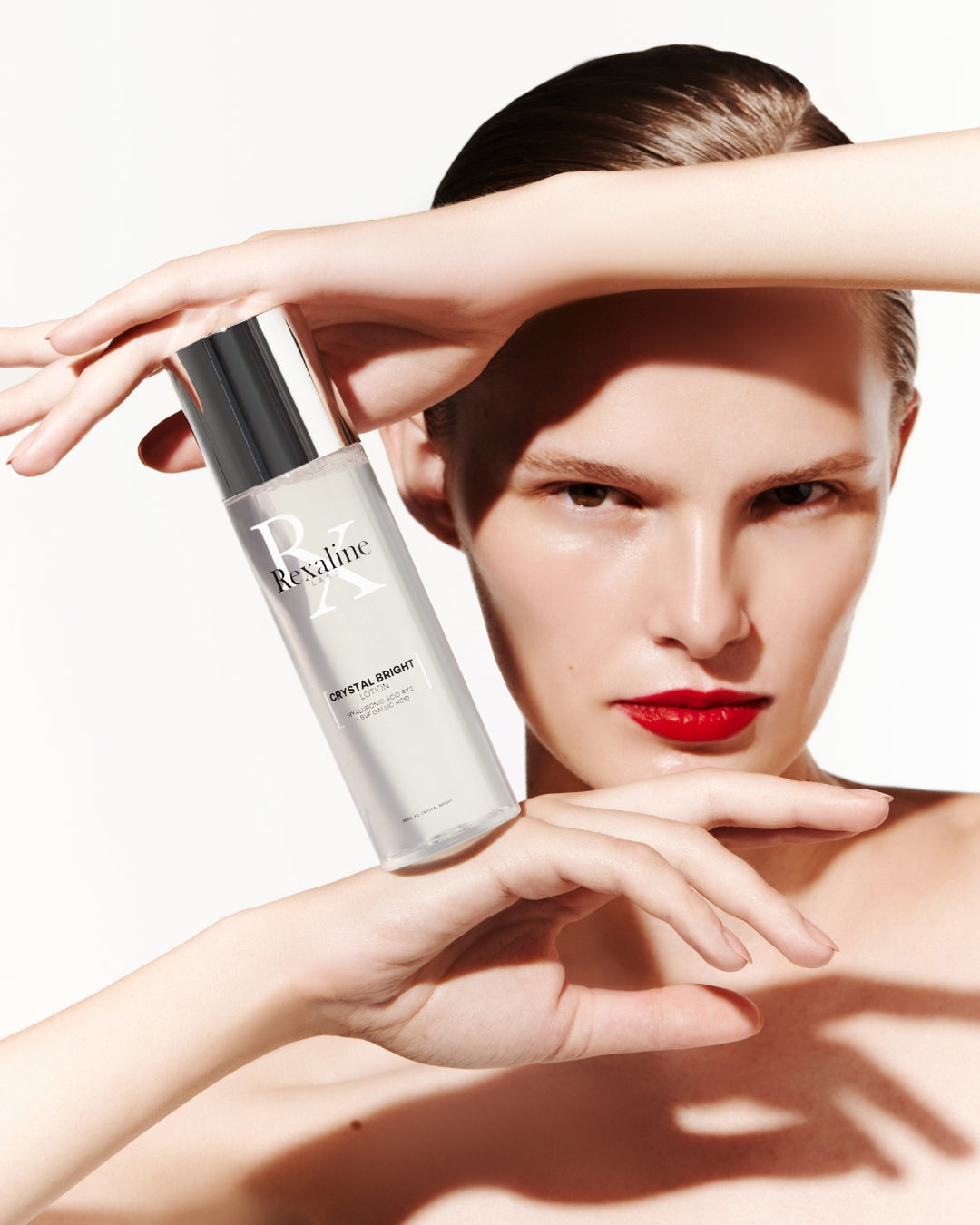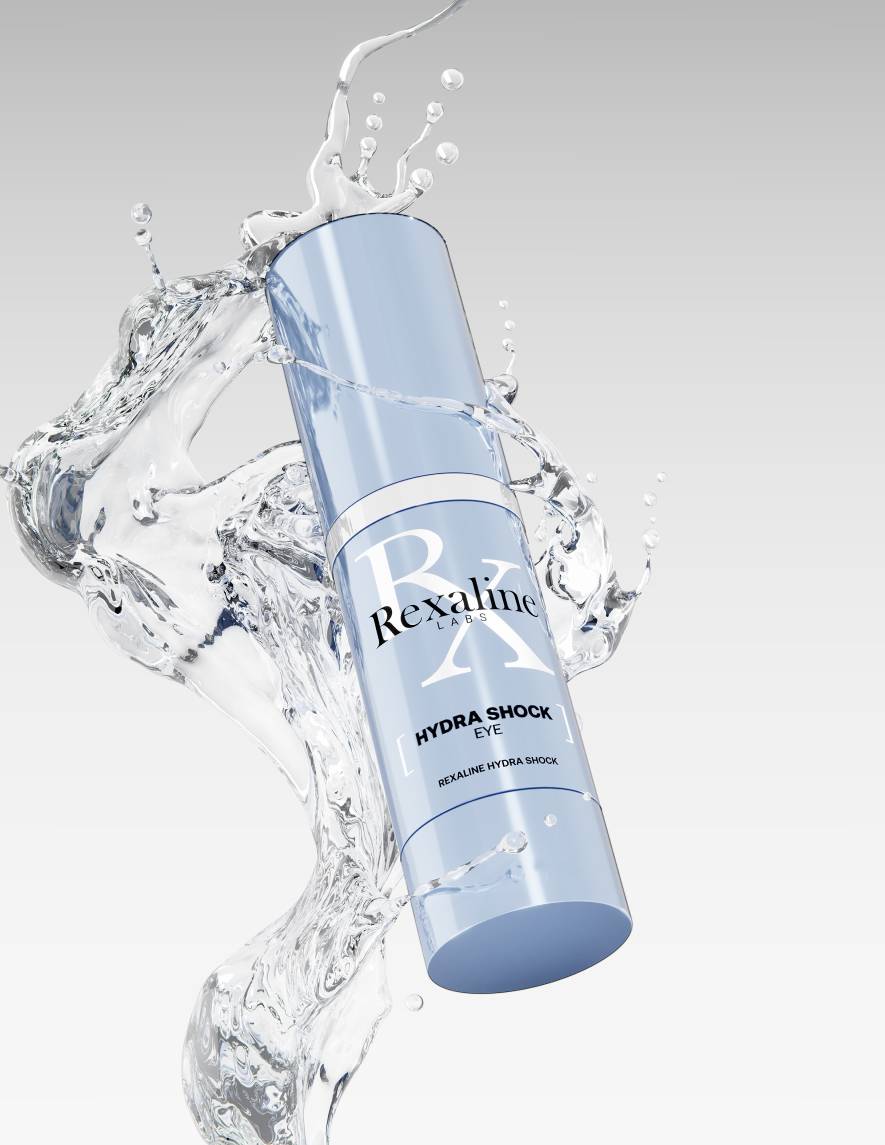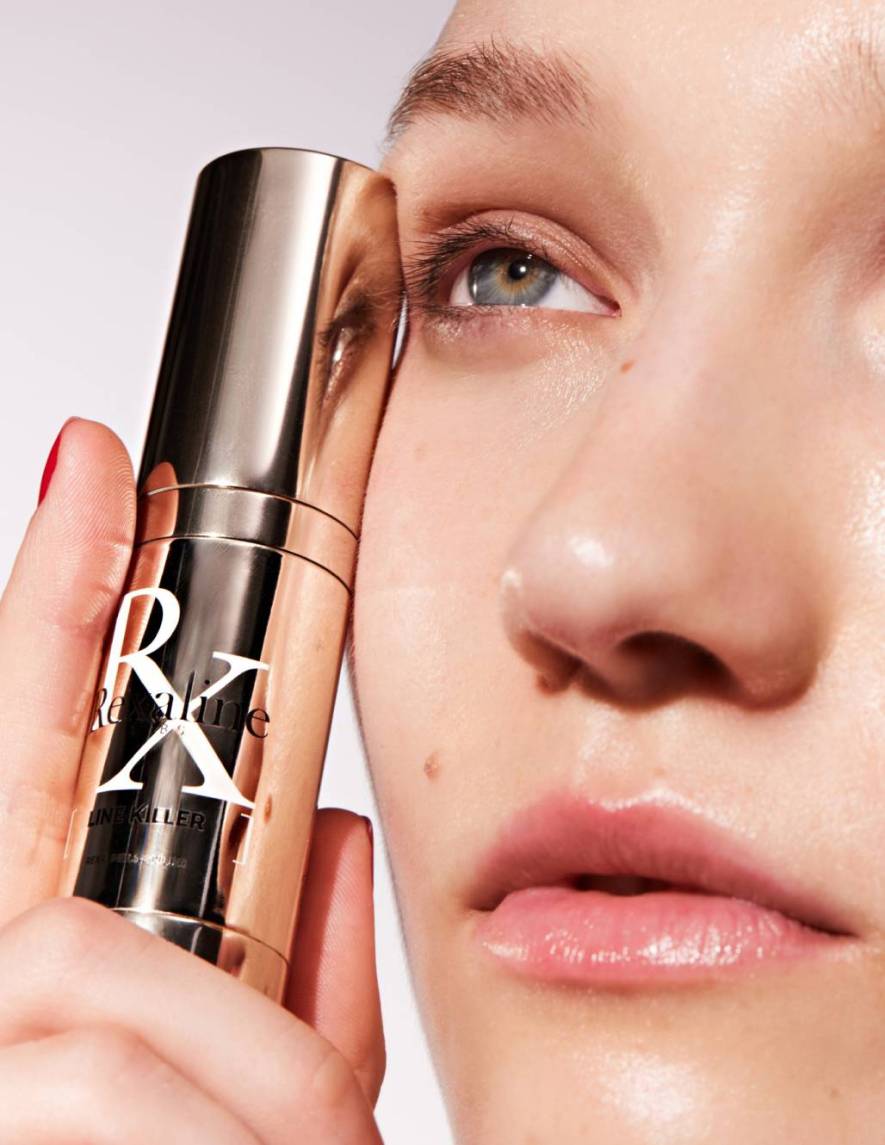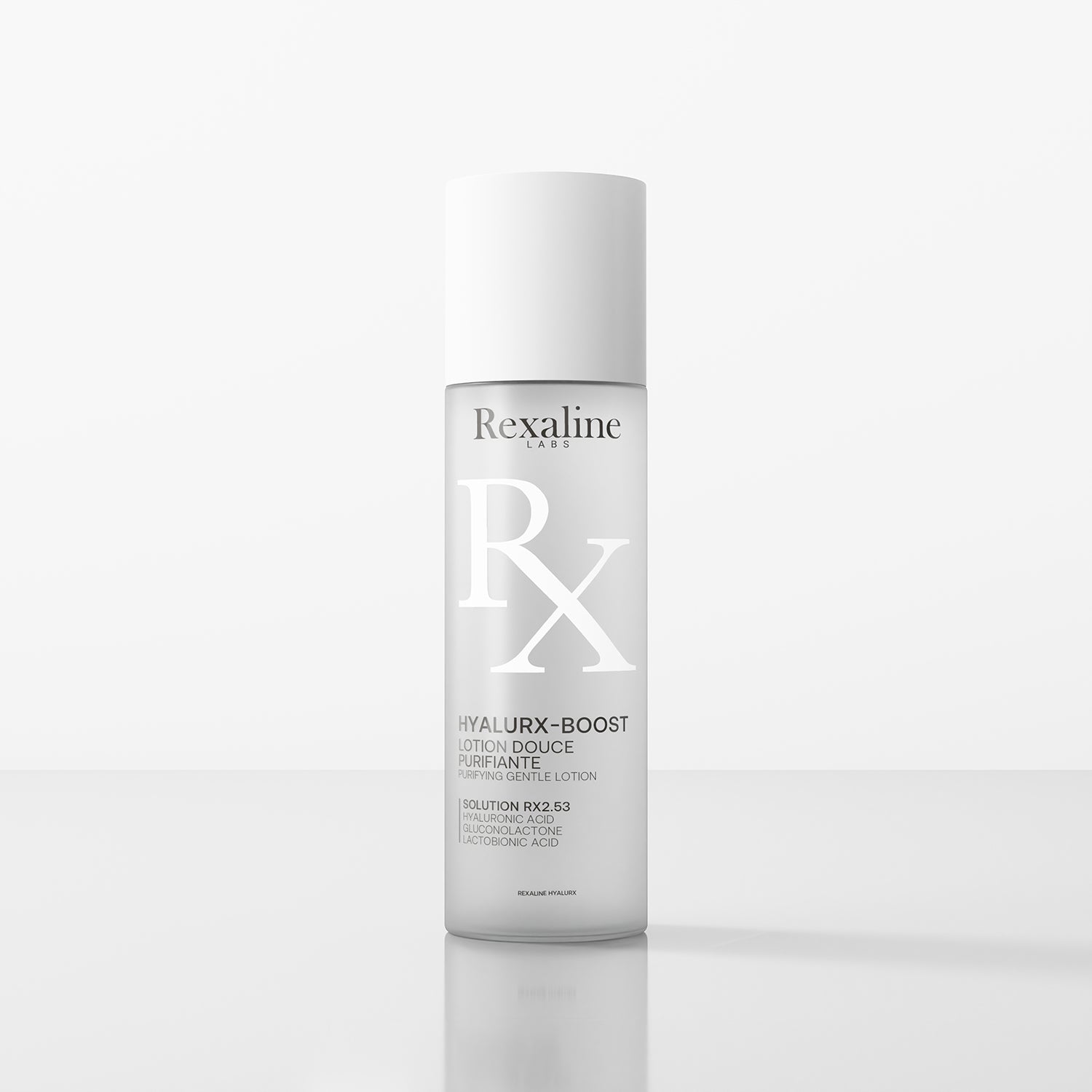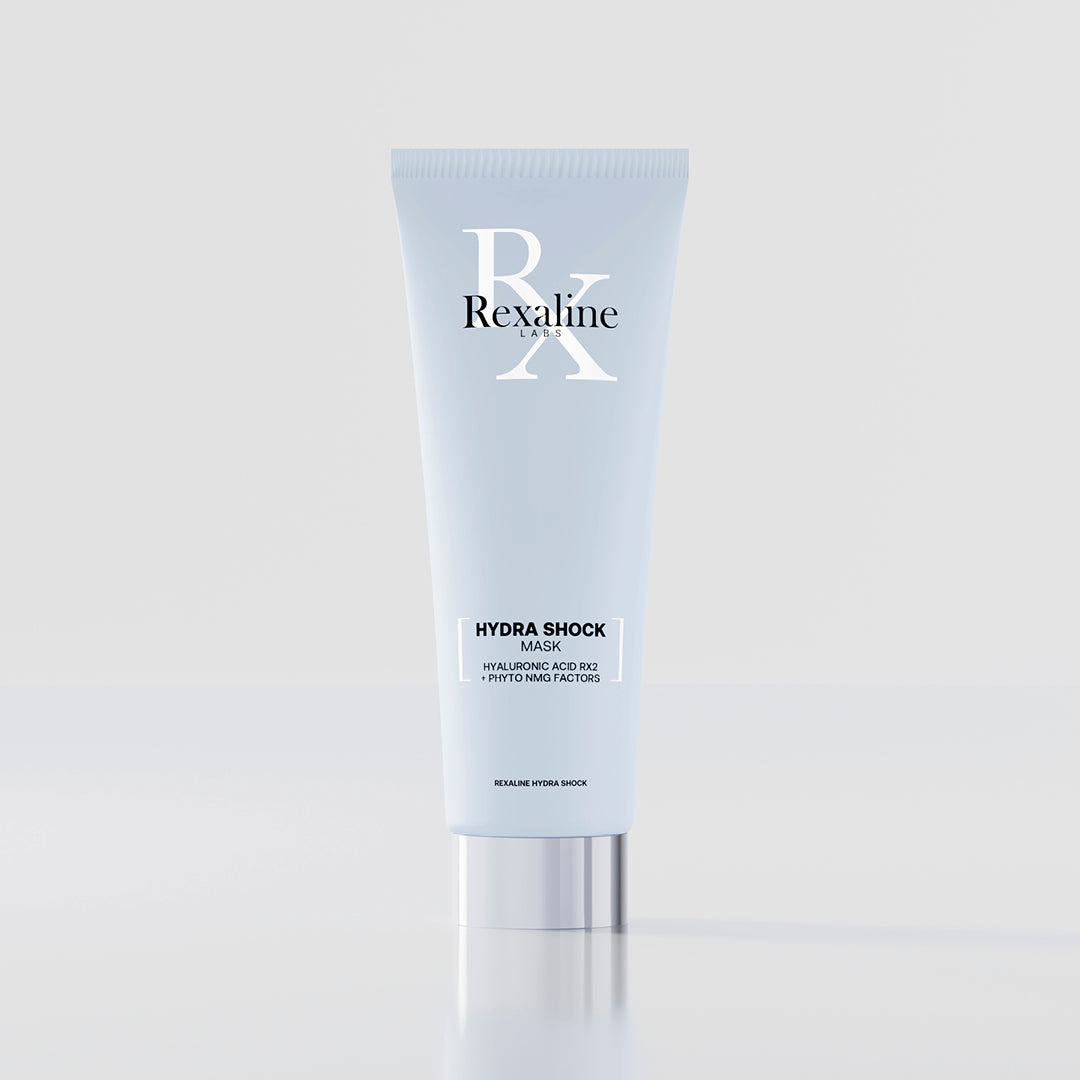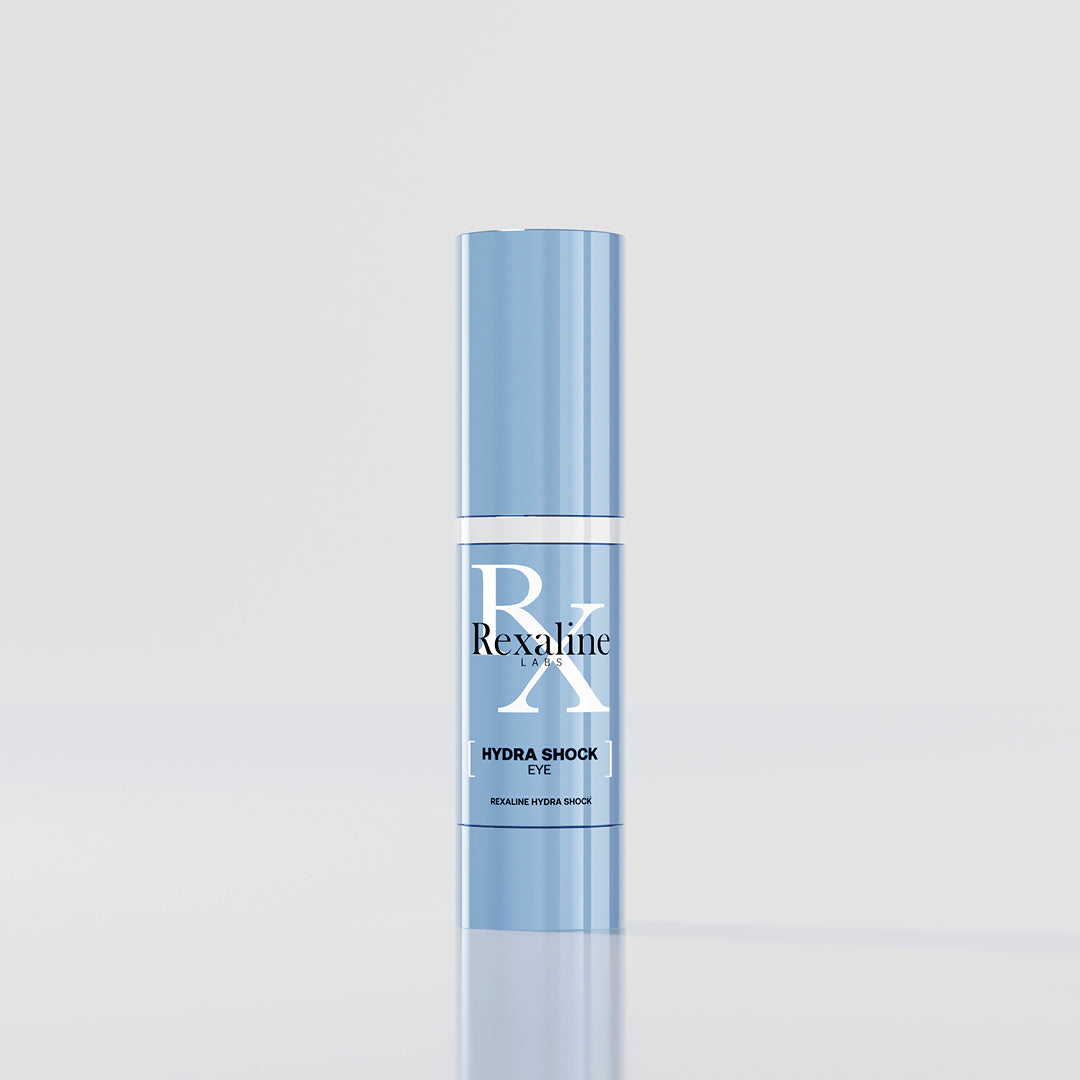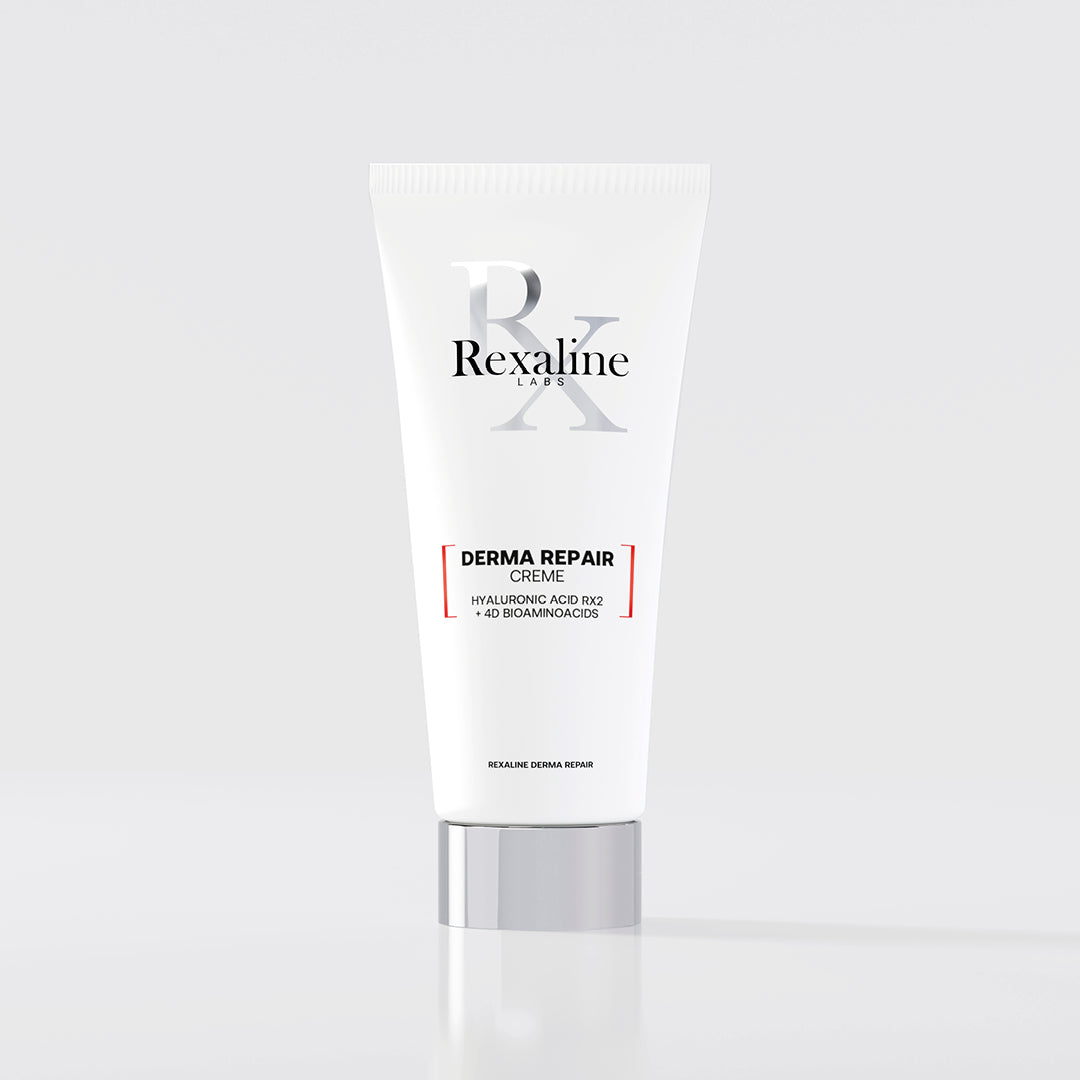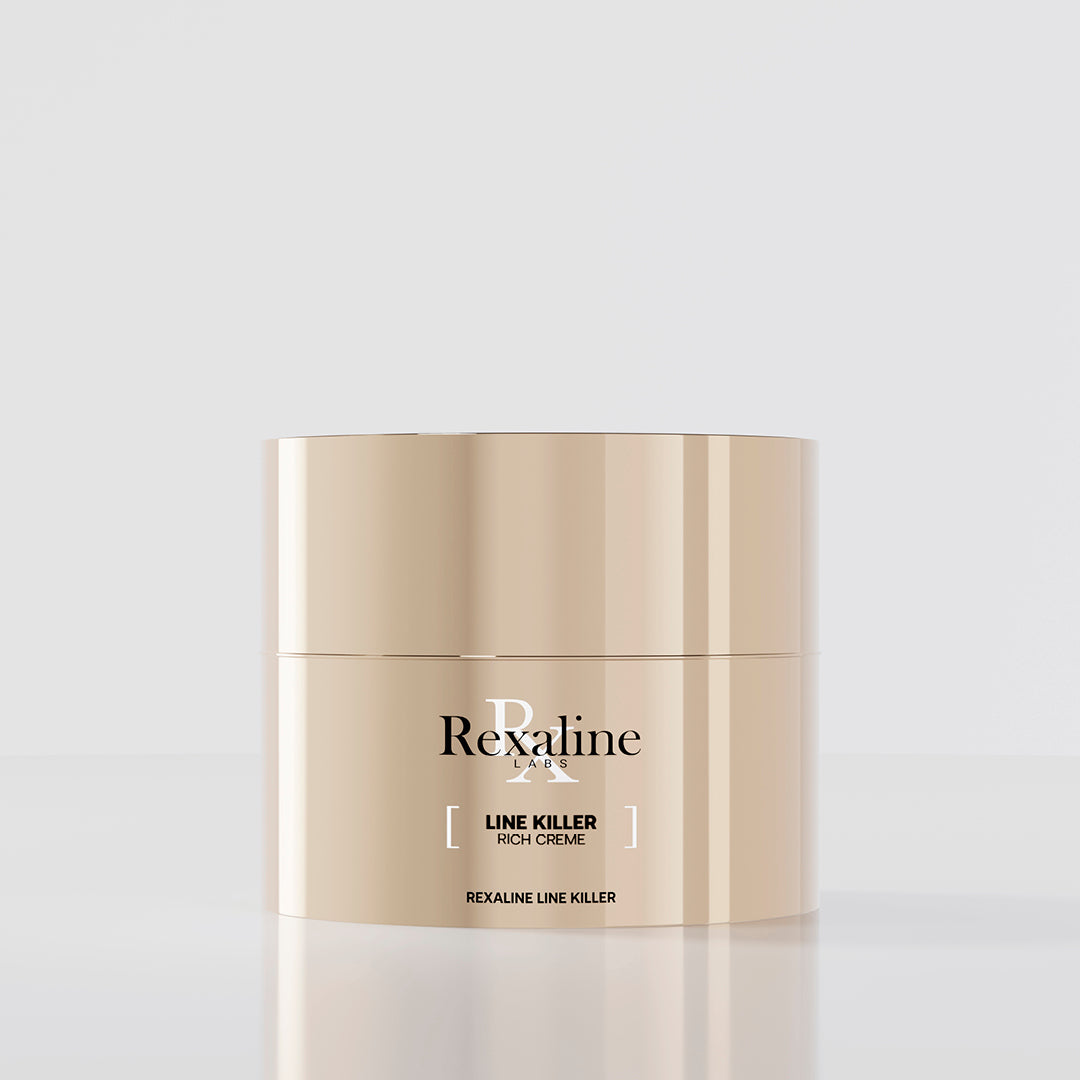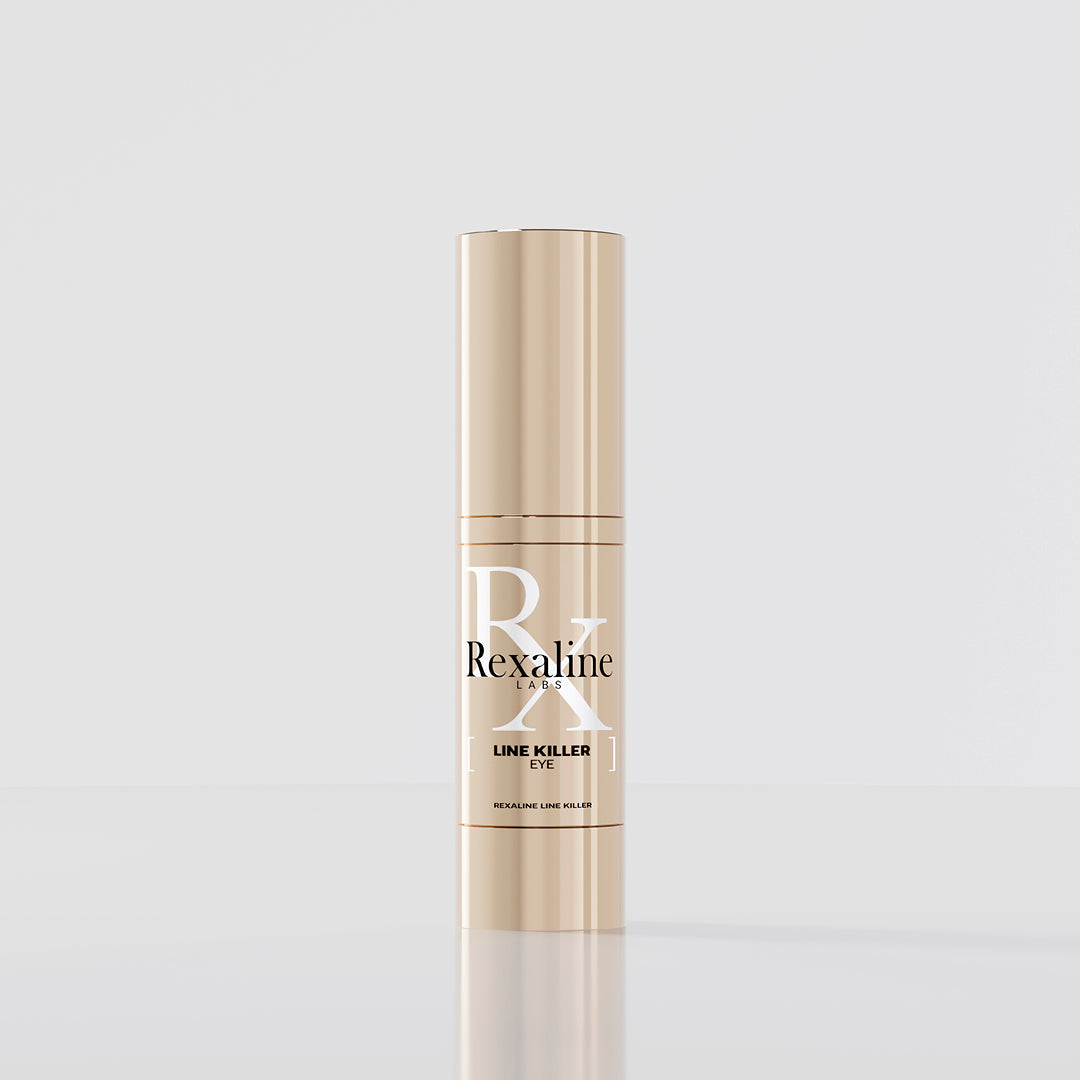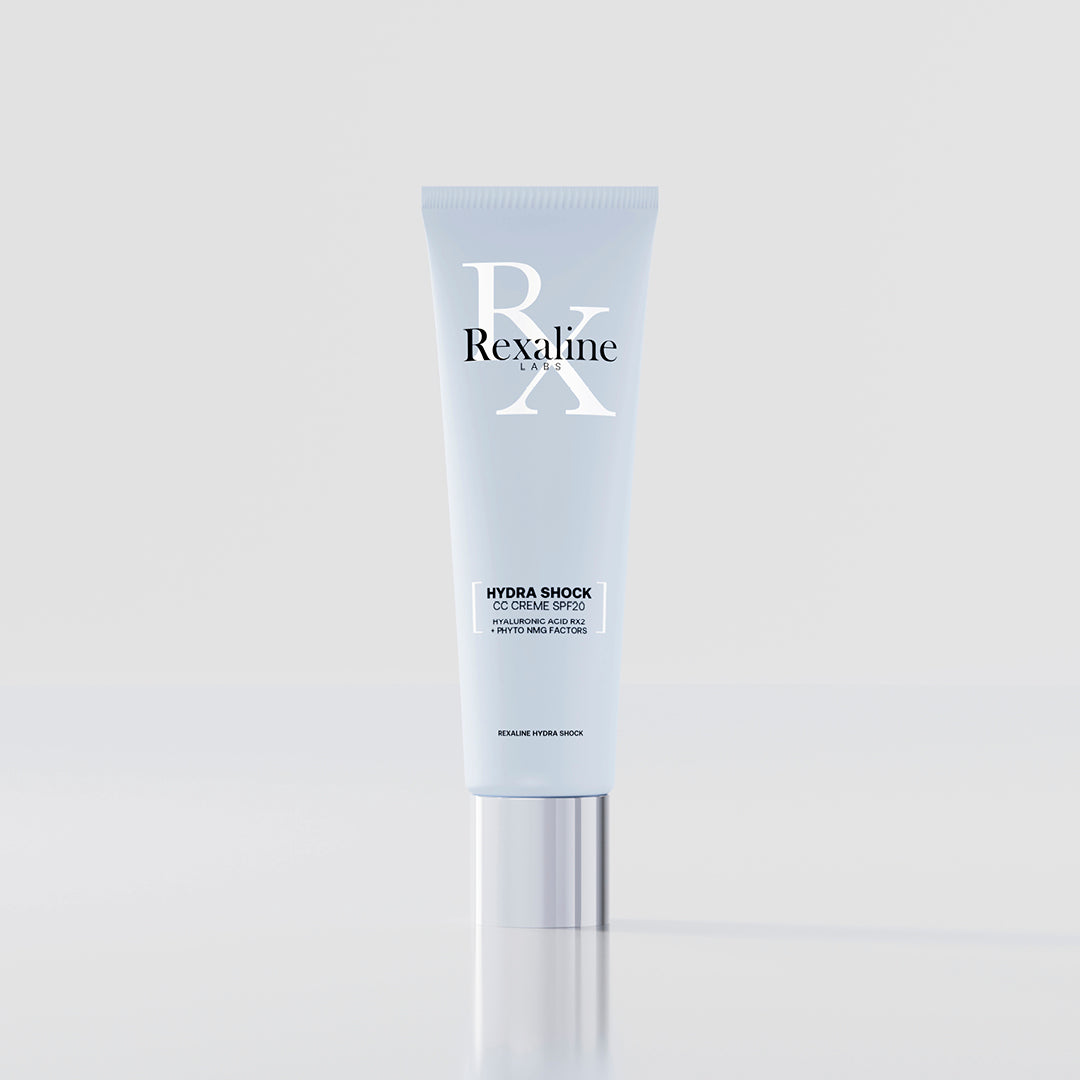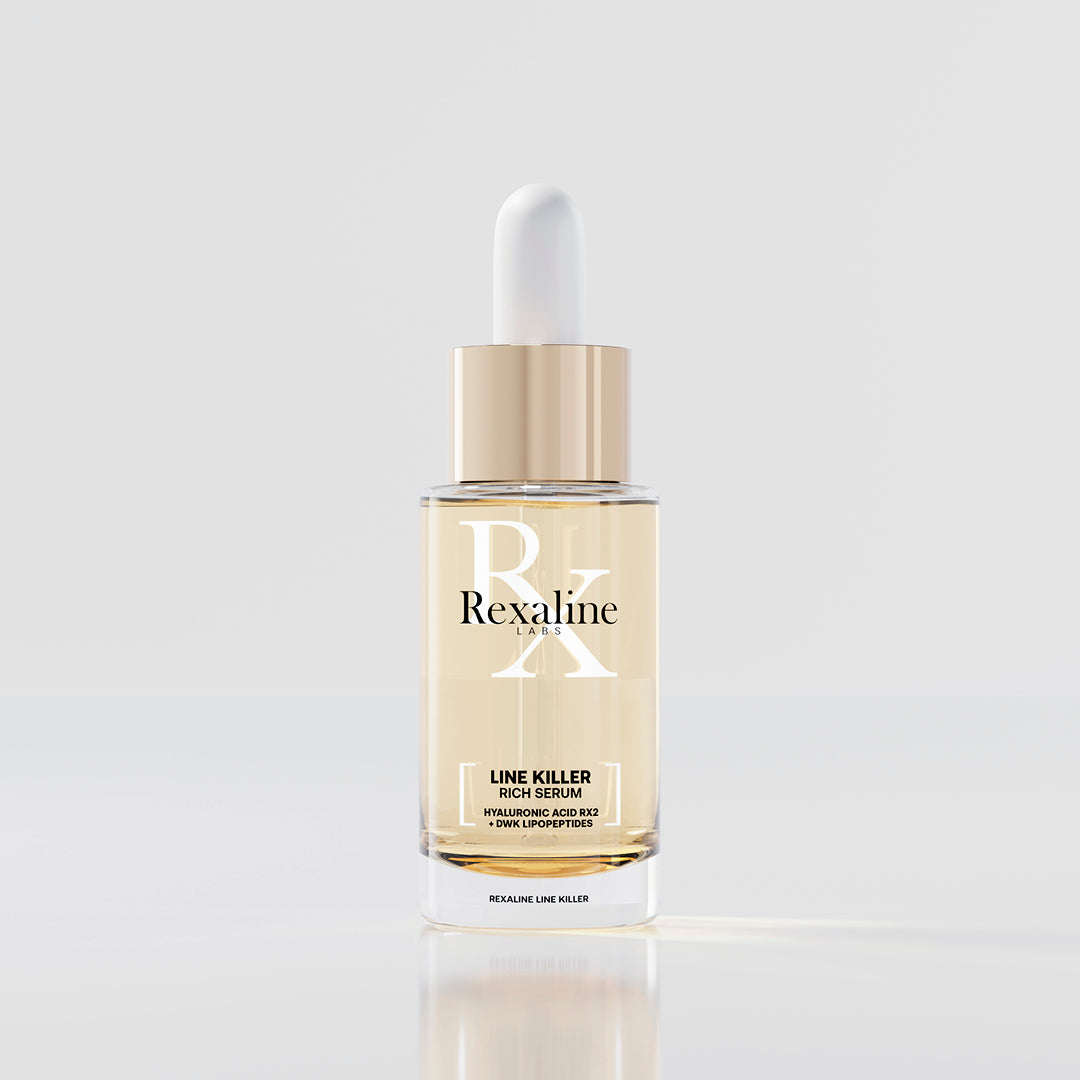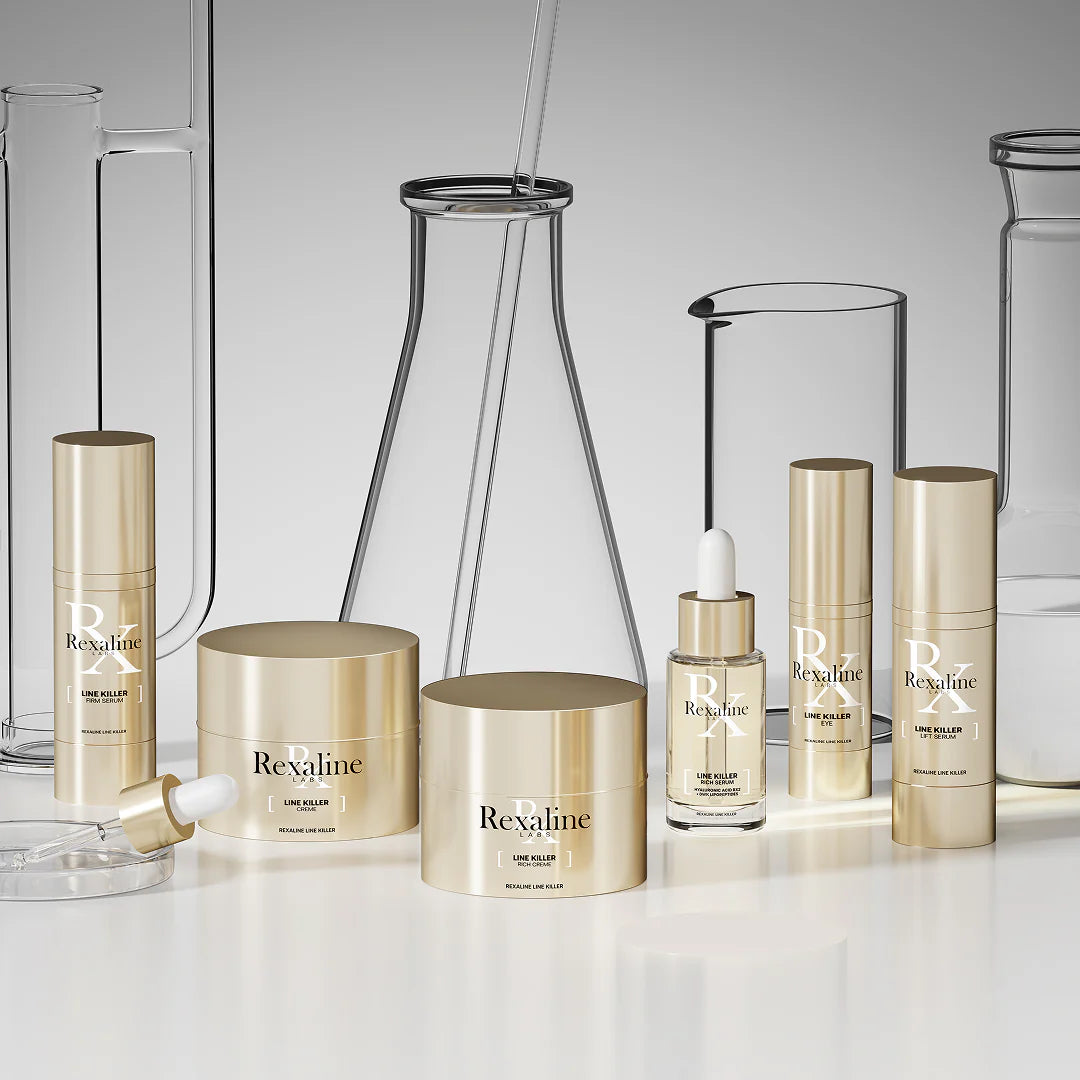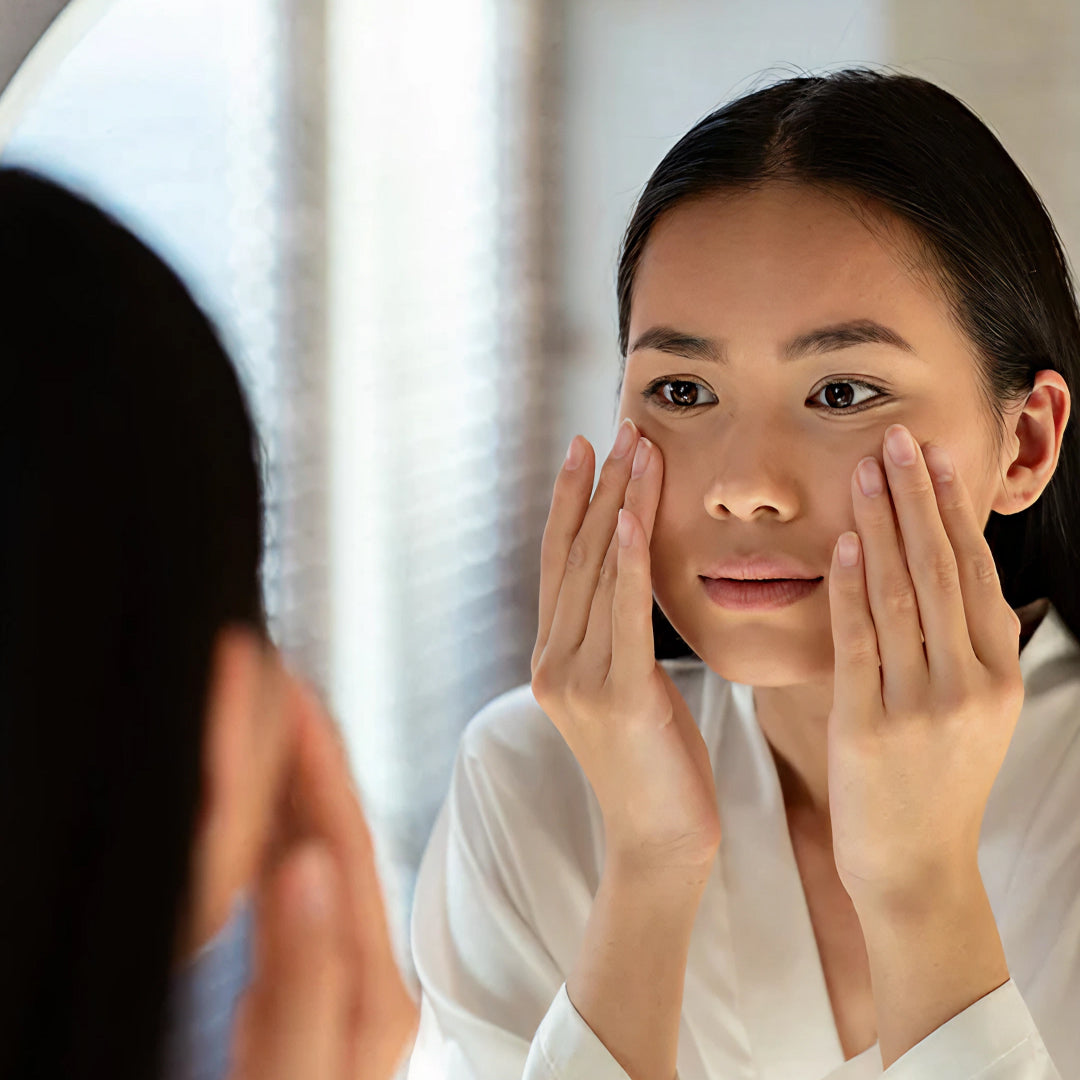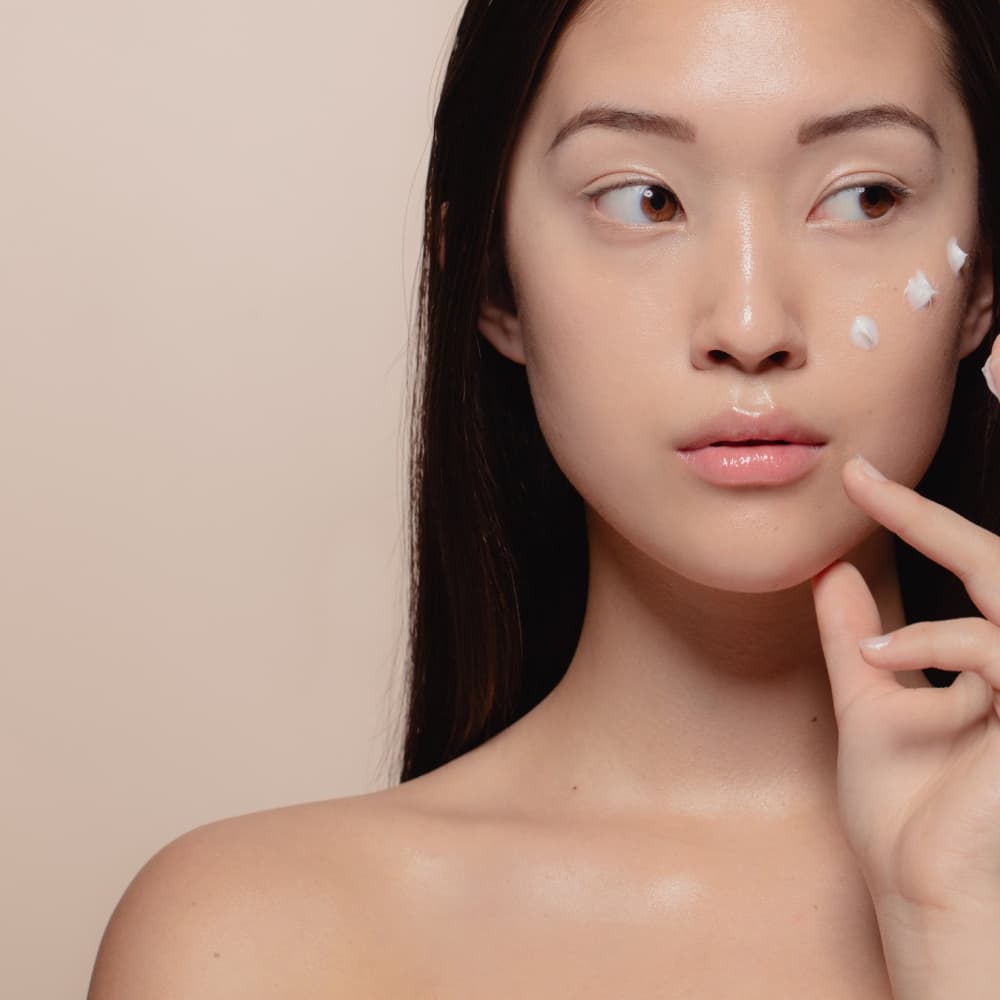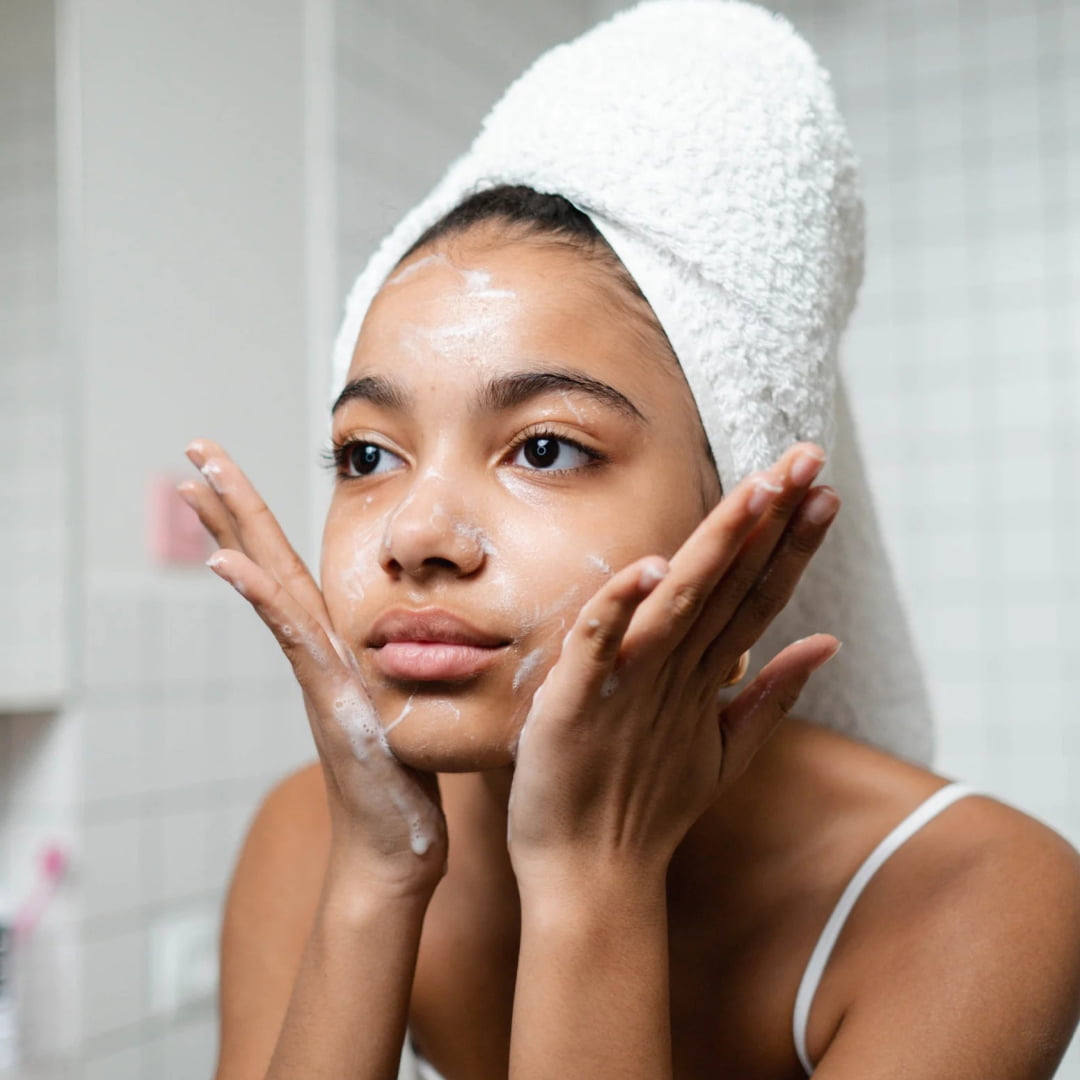
Sun exposure and moles: everything you need to know to protect your skin
Sun exposure is an essential part of our lives, but it can also have consequences on the health of our skin, particularly on the formation of moles. We explain the main effects of sun exposure on moles and how to protect your skin against sun damage.
1. Formation of moles
Moles , or nevi, are clusters of pigment cells that form on the skin in response to exposure to ultraviolet (UV) rays from the sun. Excessive sun exposure can increase the risk of developing moles, as well as the risk of developing melanoma, a form of skin cancer.
2. Sun protection
To protect your skin from sun damage and reduce the risk of moles forming, it is essential to use a broad-spectrum sunscreen with an SPF of at least 30. Apply sunscreen generously to all areas. exposed areas of skin, including existing moles, and reapply every two hours, or more often if you sweat or swim.
Pro tips: our Crystal Bright range includes two treatments specially designed to protect you from the sun: Crystal Bright Primer SPF30 , a protective makeup base; and Crystal Bright Fluid SPF50 , a mattifying, protective and hydrating fluid.
3. Monitor changes
It is important to monitor your moles regularly for any potential changes. If you notice a mole that changes in size, shape, color, or texture, see a dermatologist immediately for a thorough evaluation. This could be a sign of melanoma, and early diagnosis is essential for effective treatment.
4. Avoid Excessive Exposure
Limit your sun exposure during peak hours, when UV rays are strongest, usually between 10 a.m. and 4 p.m. Seek shade when outdoors and wear protective clothing, such as wide-brimmed hats and long-sleeved clothing, to reduce your risk of skin damage.
5. Be aware of your risk
Some people are more likely to develop moles than others due to genetic factors or individual predispositions. If you have a family history of melanoma or have had severe sunburns in the past, you may be at higher risk and should take extra precautions to protect your skin.
In conclusion, sun protection is essential to prevent skin damage, including the formation of moles and the risk of melanoma. By taking simple steps to protect your skin from the sun, you can preserve its health and beauty for years to come.
